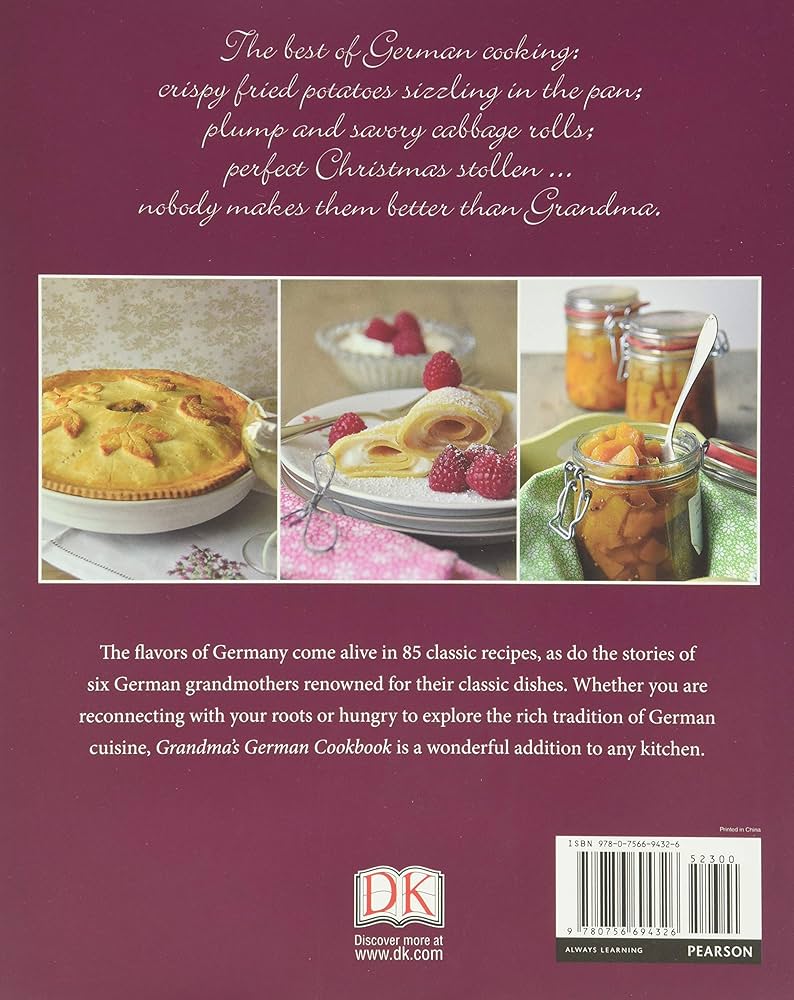Roasting is a timeless cooking method using dry heat that enhances food flavors and retains their juices. It is carried out at temperatures of 300°F and above depending on the ingredient. A shallow roasting pan and cooking thermometer are essential for achieving perfect outcomes. Oven roasting is quite popular and heavily relies on precision for heat distribution, which varies with the size, type, and cut of the food. Key tips include resting meat after roasting, avoiding overcrowding, and understanding that roasting time and temperature settings vary with the food type. Roasting transforms meals, making them utterly delicious.
Exploring Roasting: Unleash the Flavors with this Classic Cooking Method
Some cooking methods can occasionally fall out of use as foods and flavors ebb and flow with fashion trends, but roasting is a timeless art that has enhanced flavors since the earliest of times. So, what is it about roasting that makes its outcome so delectable? And how can beginners dive into the world of roasting? In this article, we will answer these questions and more, providing you with a comprehensive guide to exploring roasting.
What is Roasting?
Roasting is a cooking technique that uses dry heat, whether an open flame, oven, or another heat source. Direct exposure to heat caramelizes the outer layer of the main ingredient, enhancing its flavors and retaining the juices within.
Why Roast?
Roasting highlights the natural flavors of the food. The Maillard reaction, a chemical reaction that happens when heat is applied to certain foods, produces rich, caramelized flavors and enticing aromas.
The Basics of Oven Roasting
Oven roasting is perhaps the most well-known and straightforward method of roasting. Here are some of the basics that beginners should understand:
Temperature Settings
Roasting typically occurs at temperatures of 300°F (150°C) and above. Remember, temperature settings largely depend on the ingredient being used. Vegetables and fish may require a more moderate temperature compared to roasts of beef or lamb, which can benefit from a high initial temperature to sear the outer layer.
Choice of Pan
A shallow roasting pan is often the best choice for roasting most foods. The low sides allow the dry heat to touch more of the food and aid in the evaporation of moisture. A roasting rack may also be used to elevate the food and allow hot air to circulate, ensuring even heat distribution.
Time
The roasting time depends on the size, type, and cut of the food. Largely, more time is needed as the size of the food increases
Essential Tips and Tricks for Roasting
For beginners, applying a few tips and tricks can make the roasting process simpler, and the outcomes more delicious.
Precision Matters
Using a cooking thermometer can take the guessing out of roasting. It ensures that the food is cooked to the correct internal temperature and prevents drying out.
Rest the Meat
Allowing the meat to rest after it’s removed from the oven will make it juicier. This permits the juices, which have been pushed to the center of the roast during cooking, to redistribute throughout.
Avoid Overcrowding the Pan
When roasting vegetables, make sure not to crowd them in the pan. Overcrowding can cause steam instead of roasting, preventing that all-important caramelization.
Conclusion
Roasting is an age-old cooking technique that unlocks the deep, rich flavors of your favorite foods. While the process might seem daunting to beginners, understanding some of the basics and following a few tips can make the journey into roasting a delight. Next time you plan a meal, consider the often astonishing transformations that roasting can provide.
